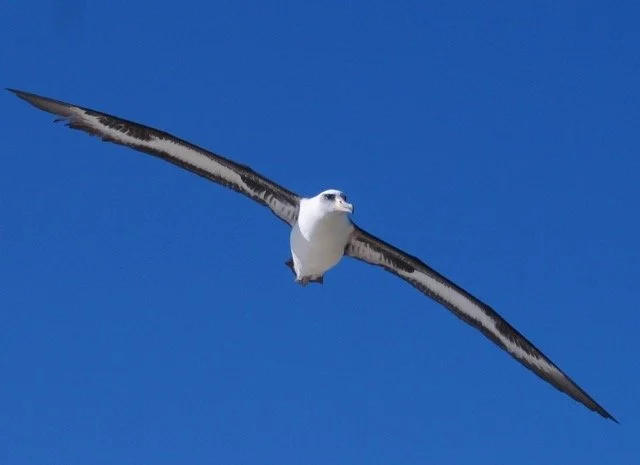Laysan Albatross in flight, photo by Breck Tyler
“Conversation with…” series is inspired by “Conversation with Izzy”, beloved marine biologist and ACS chapter board member, Izzy Szczepaniak, who passed suddenly in November 2021. Izzy regularly graced us with reports of cetacean activity in or near San Francisco Bay area.
In this conversation, board member Susan Hopp interviews new chapter board member Susan Sherman, a local naturalist and science teacher, who leads regular trips to the Farallon Islands.
Susan H.: Susan, it is great to welcome you as a new chapter board member. Please tell us a bit about yourself and your interest in becoming a board member.
Susan S.: My career life and personal life have been immersed in science education. I received a degree in Biology with a minor in Chemistry from San Francisco State University and finished by getting a secondary credential to teach Biology and Chemistry in the California school system. In between working as a teacher, I also worked as a curriculum developer for various organizations. Some examples are University of California, Berkeley Paleontology Museum, Tours Through Time online resource; Ocean Upwelling and Sea Level Change resources for NASA Earth System; and Clean Air Challenge funded by the Department of Energy and Pacific Gas and Electric. I have always been interested in the marine environment and wildlife. During my vacations I have worked as “teacher-in-the field” for several government departments. Two examples are: on a NOAA ship surveying the populations of Atlantic Ocean fish along the coast of New Hampshire and Maine; and for the Department of Fish & Wildlife surveying northern Fur Seal colonies on St. George Island, part of the Pribilof Islands. These experiences led me to work for a few companies as a naturalist on small boats out of Alaska and Mexico. My hobbies are bird watching, hiking, dinner with friends, and gardening.
Susan H.: How long have you been a naturalist leading trips with the Oceanic Society? What have been some of your most memorable sightings?
Susan Sherman: I started working for the Oceanic Society Expeditions, San Francisco location, in the 1980s mostly leading nature trips to the Farallon Islands. Being in the field is an excellent learning environment for observing marine mammal behavior as well as the variety of bird populations.
One of my favorite seabirds is the Laysan albatross. When I first started working as a naturalist, I would see this species on a regular basis. Then by the mid 1990s, they became rarer to find on an 8-hour trip. Currently, the largest populations of Laysans breed on Midway Island, Laysan Island, French Frigate Shoals in the tropical Pacific, Guadalupe islands off the Baja Peninsula, and a small number breed on an island off of the coast of Japan. With wing spans exceeding six feet, the oldest known Laysan is “Wisdom”, banded in 1956 and as of 2022 she is estimated to be 71 years old.
One hundred years ago, they were prized for their feathers to stuff mattresses and pillows. Their population plummeted to 18,000 in 1923 but rebounded with the cessation of feather hunting to a current population estimated at 590,000.
The Laysan albatross population is threatened by a long list of things: tangling in plastic garbage, lead poisoning from paint chips falling off abandoned military buildings on Midway Island, invasive plants whose root system do not stabilize sandy soil which leads to collapse of the birds’ breeding nests, and ingesting plastic garbage. The most serious threats are ghost fishing nets, longline bycatch, and sea level rise destroying nesting habitat.
Susan H.: Coming back to our own San Francisco Bay and Pacific Ocean environs, what have been some of the highlights of this season?
Susan S.: Currently, 2022 has been a good upwelling season which is conducive to lots of food. There are still humpback whales and thousands of birds feeding on schools of anchovies and krill. On one recent Farallon Islands trip we traveled to the continental shelf where it slopes downward to the ocean bottom. This slope begins about 6 miles west of the Southwest Farallon Islands, approximately 35 miles from San Francisco. On the depth finder, we continuously saw large aggregations of krill balls from 65 feet down to 900 feet.
Nazca booby standing on Sugarloaf Rock , Southeast Farallon Islands, photo by Rhys Walkins, Nature Photographer, August 28,2020
An exciting, rare bird arrived about over a month ago. A Nazca booby (also known as a masked booby) traveled up the coast from the Galapagos Islands in the Southern Hemisphere. The Farallon biologists don’t think it is lost, but just traveled North. In the past years, it is not unusual to see Brown boobies feeding in the area. Red-footed, Blue-footed and Nazca boobies have all also been recorded in the past.
Susan H.: Thank you, Susan, for sharing your knowledge and experiences. We look forward to more reports from you about exciting and interesting happenings related to Bay Area marine species and their ocean habitats.


